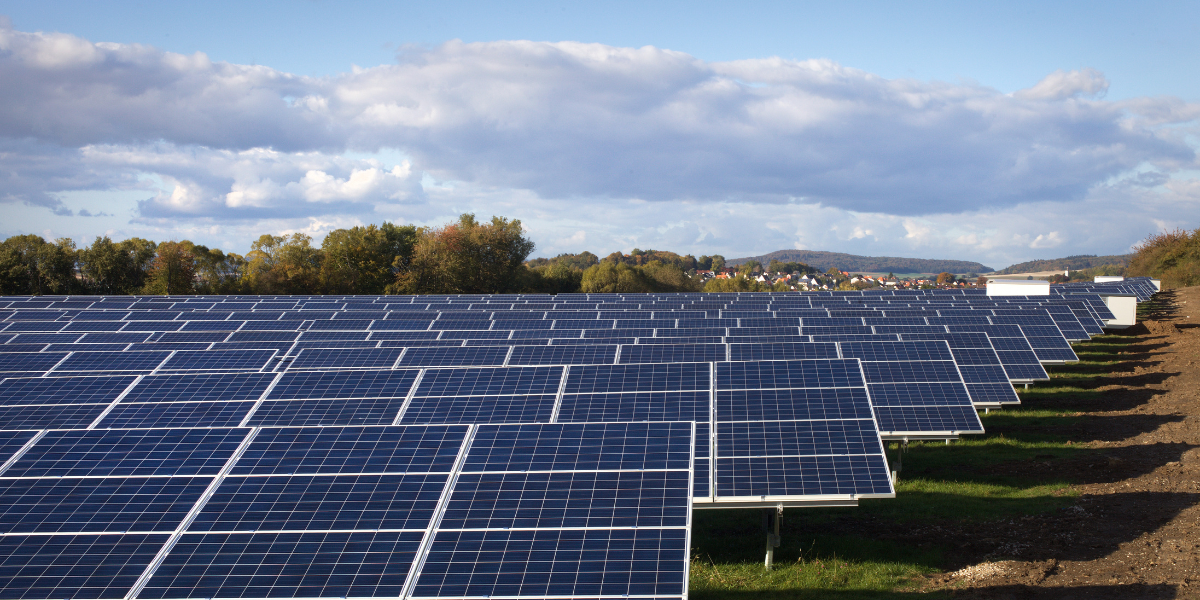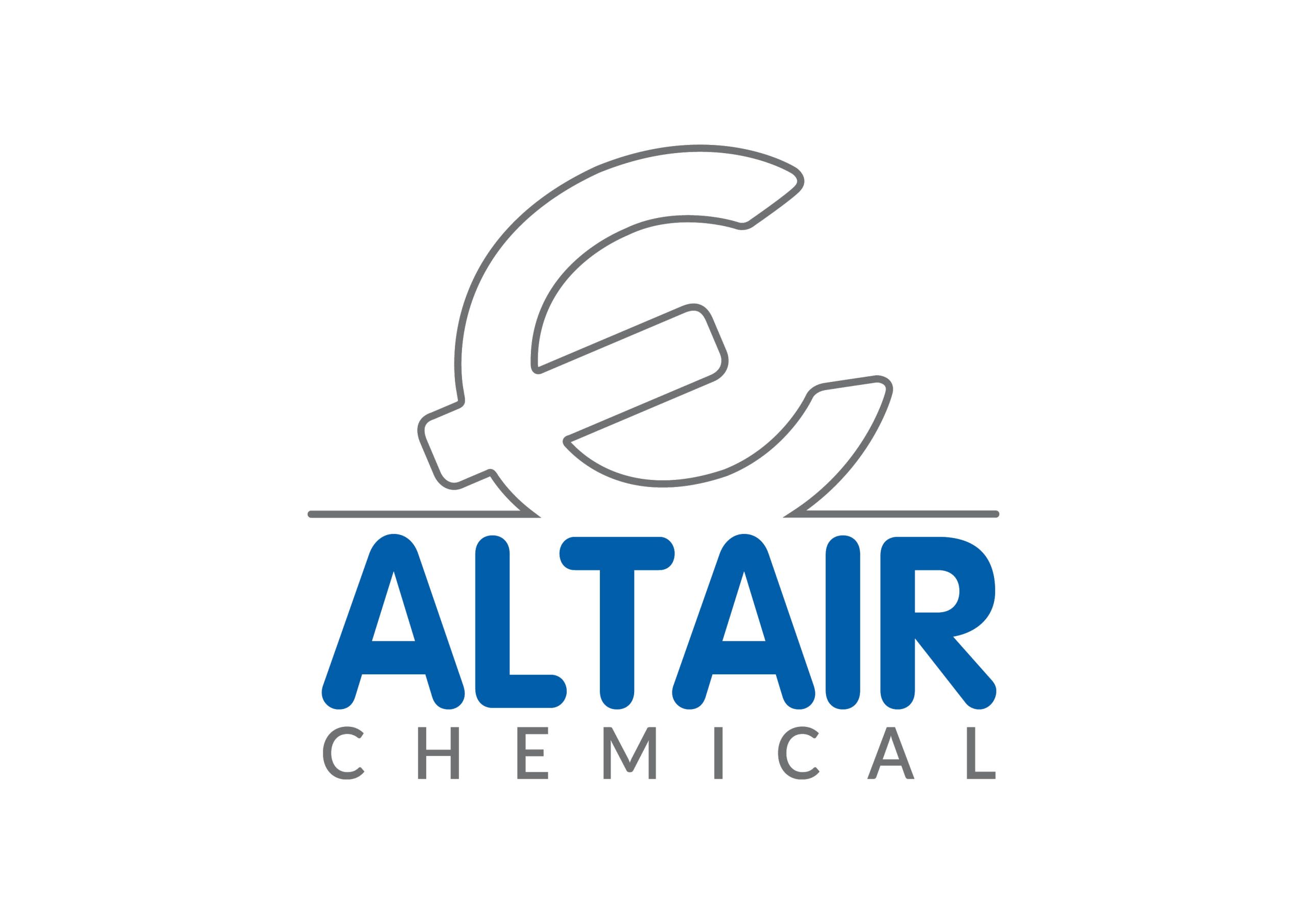
Energy
![]() The company’s energy mix fully embraces the energy transition by sourcing from carbon-neutral sources such as hydropower and photovoltaics. Two hydroelectric power stations are powering the Pieve Vergonte plant with a total installed capacity of around 18 MW located close to the production site.
The company’s energy mix fully embraces the energy transition by sourcing from carbon-neutral sources such as hydropower and photovoltaics. Two hydroelectric power stations are powering the Pieve Vergonte plant with a total installed capacity of around 18 MW located close to the production site.
The Megolo plant, built in 1941, is mainly powered by the waters of the Toce river; to a lesser extent, by those of the Anza river. The energy is transported to the plant with an overhead line of approximately 2.8 kilometres at a voltage of 9 kV.
The Ceppo Morelli plant has been in operation since 1948 and uses the waters of the Anza and Quarazza streams in the municipality of Macugnega, which form the Lago delle Fate (“Fairy lake”). From here, the water is conveyed to the power plant, which is located in the municipality of Ceppo Morelli, via a 5,859-metre-long tunnel channel, with a flow rate of 400 litres of water per second: the penstock has a 550-metre drop. The energy produced at 2.2 kV is converted to 50 kV and transferred to the plant via a dedicated power line of approximately 20 kilometres. In 2022, maintenance works were carried out to improve its energy performance.



![]() Photovoltaic energy is also of great importance. At the Saline di Volterra plant, there are two facilities on the roofs of the buildings with a total production of 350 MWh/year. In 2021, a long-term supply contract dubbed the Power Purchase Agreement (PPA) was signed, which could supply 43,800 MWh/year from agrovoltaic plants in Lazio. A strategic and prescient choice: if at the time of signing, the price exceeds the price offered by the market, the agreement today provides the double advantage of being able to count on renewable energy at better conditions than those found at wholesale level.
Photovoltaic energy is also of great importance. At the Saline di Volterra plant, there are two facilities on the roofs of the buildings with a total production of 350 MWh/year. In 2021, a long-term supply contract dubbed the Power Purchase Agreement (PPA) was signed, which could supply 43,800 MWh/year from agrovoltaic plants in Lazio. A strategic and prescient choice: if at the time of signing, the price exceeds the price offered by the market, the agreement today provides the double advantage of being able to count on renewable energy at better conditions than those found at wholesale level.



 With an investment of EUR 10.7 million, 2022 saw the birth of Renewability, a consortium that brings together three industrial companies with renewable energy plants off their production sites and that will enable them to obtain 12,000 MWh/year from photovoltaic plants in Lazio and Abruzzo.
With an investment of EUR 10.7 million, 2022 saw the birth of Renewability, a consortium that brings together three industrial companies with renewable energy plants off their production sites and that will enable them to obtain 12,000 MWh/year from photovoltaic plants in Lazio and Abruzzo.
![]() The energy needs are also met by two high-efficiency cogenerators powered by natural gas: a 4.6 MWe turbo gas plant and a 2 MWe endothermic engine plant. Thanks to a major investment, moreover, today part of the exhaust fumes released by the turbogas cogeneration plant are used in the production of potassium carbonate, harnessing carbon dioxide. The Italian Gestore Servizi Energetici (GSE) considered the two cogeneration plants eligible for the white certificate mechanism.
The energy needs are also met by two high-efficiency cogenerators powered by natural gas: a 4.6 MWe turbo gas plant and a 2 MWe endothermic engine plant. Thanks to a major investment, moreover, today part of the exhaust fumes released by the turbogas cogeneration plant are used in the production of potassium carbonate, harnessing carbon dioxide. The Italian Gestore Servizi Energetici (GSE) considered the two cogeneration plants eligible for the white certificate mechanism.
![]()
Steam, traditionally obtained with natural gas generators, is a key energy vector for plant operations. In recent years, investments have been made in research into technologies capable of capturing and utilising the hydrogen residual from electrolysis and not exploited in other production processes. Today, steam requirements at production sites are also met by burning hydrogen.



